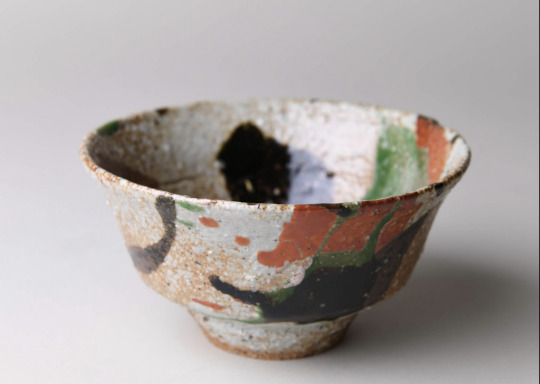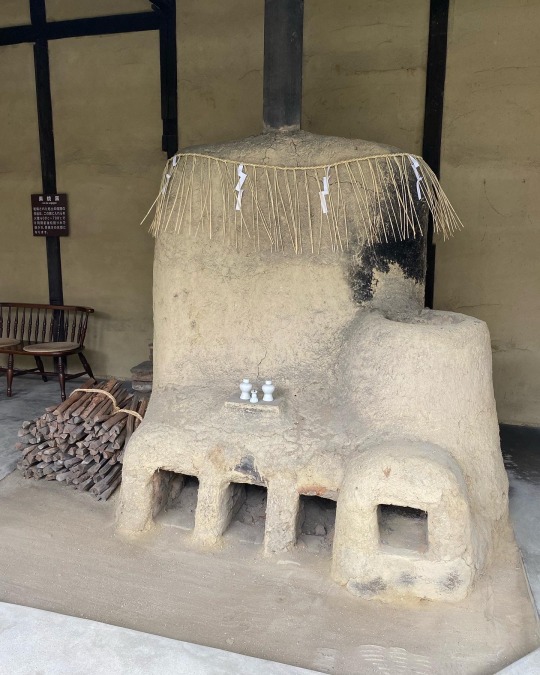#kanjiro kawai
Text
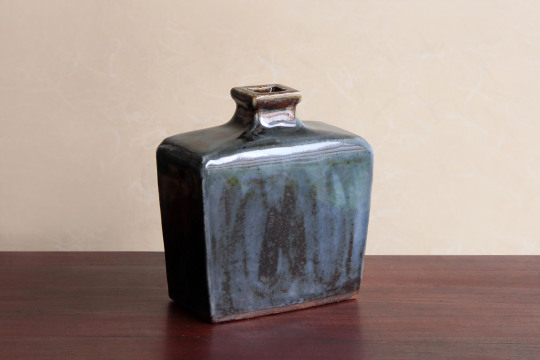

Vase by Takeichi (Buichi) Kawai.
+SHOP+
12 notes
·
View notes
Photo

Kanjiro Kawai - Water Pot, 1921. x
20 notes
·
View notes
Quote
人に好かれるかどうかは知りませんが、
自分の好きなものを自分で作ってみようというのが、
私の仕事です。
そういう際に表現されるぎりぎりの自分が、
同時に、他人のものだというのが自分の信念です。
ぎりぎりの我に到達した時���初めて、
ぎりぎりの他にも到達します。
自他のない世界が、ほんとうの仕事の世界です。
河井寛次郎/『機械は新しい肉体』
0 notes
Photo
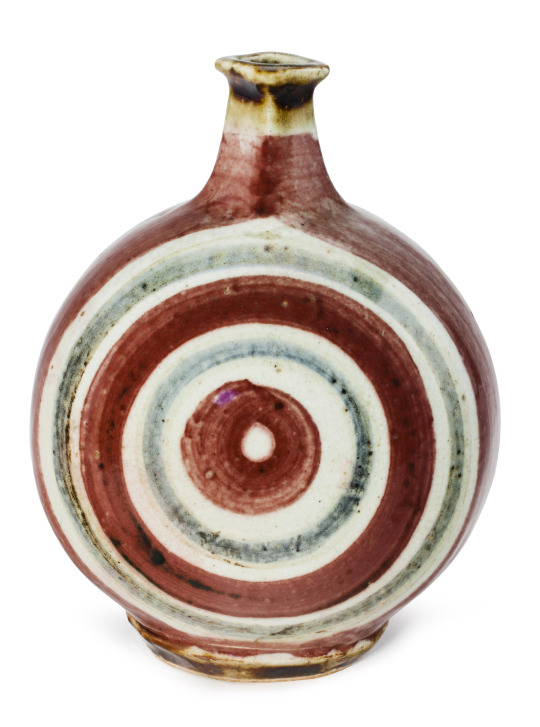
Kawai Kanjiro - Stoneware Bottle Vase (c.1950s)
132 notes
·
View notes
Text
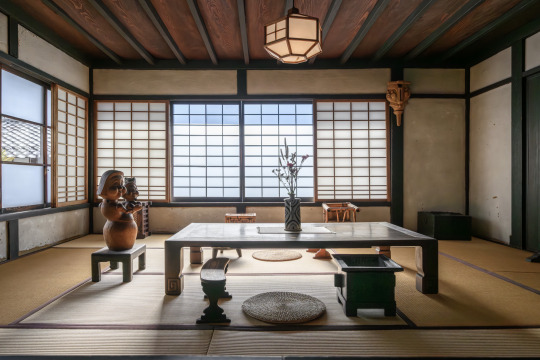
Kawai Kanjiro's House
0 notes
Photo
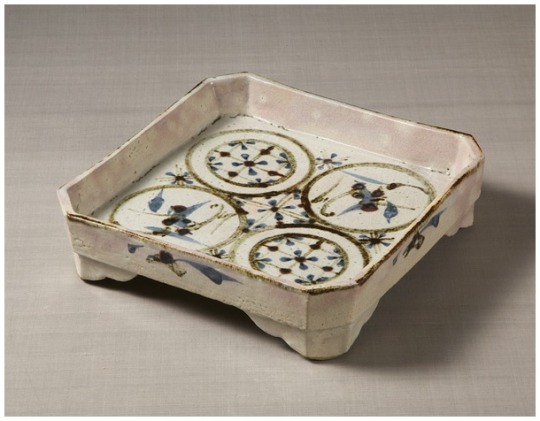
Kanjiro Kawai - Square dish with legs, floral design. Shokei kiln, Kyoto. Showa period, 1939. 8.7×33.0cm. x
95 notes
·
View notes
Text


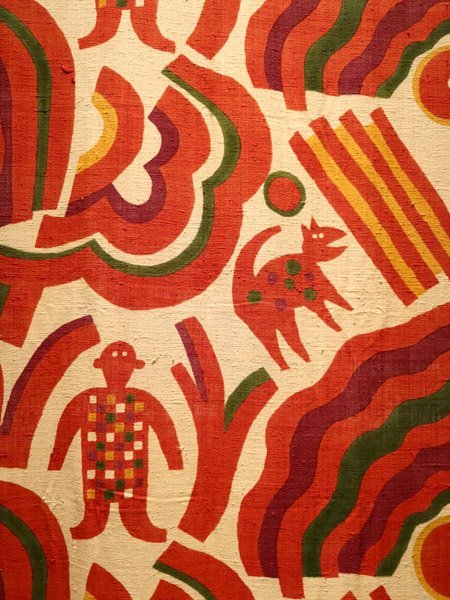

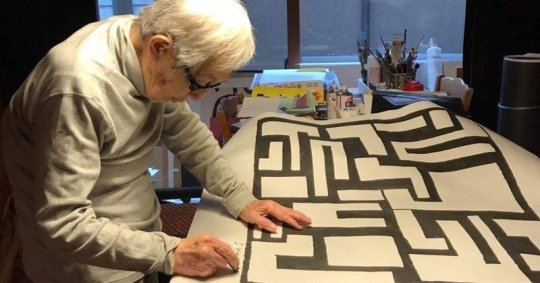
Samiro Yunoki was born in 1922 to a family of artists. His strikingly modern works are steeped in Japanese tradition and demonstrate a mastery of the stencil dyeing technique, katazome which can be literally translated as ‘dyeing from a form’. This skill was taught to Yonoki by the legendary dyeing artist, Keisuke Serizawa (1895 – 1984) whom he studied under in the 1960s, having had his interest in Mingei craft sparked whilst working at the Ohara Museum in Kurashiki in the 1940s. The Mingei folk craft movement was advocated by Soetsu Yanagi, his work was often exhibited at the gallery where Yunoki worked, alongside that of his friends Kanjiro Kawai, Shoji Hamada and Bernard Leach.
Yunoki commented: “Dyeing used to be necessary because all the people wore kimono. But now we are living in totally different situation. I guess there are many dyeing artists who feel difficulty in getting jobs. Existing traditional crafts are all exquisite handiwork. It means that Japanese elaborate technologies support the basis of traditional crafts. Although it’s not bad thing to appreciate those crafts as artworks, I think it’s boring. Crafts are not just a decoration. The essence of traditional crafts is the solid motivation of artists backed by genuine skills and materials. Moreover, it wouldn’t be good if ostentatious decorations covered and hide artists’ humanities and vitalities, or if the crafts became too practical. So I think we should broaden the definition of art and call all the creation “art” with no distinction between “fine art” and “crafts”.”
https://www.cover-magazine.com/.../textiles-samiro.../
37 notes
·
View notes
Text
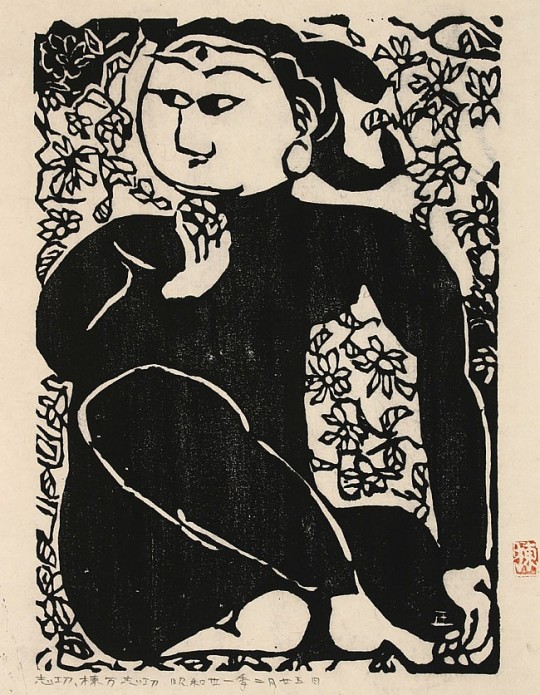
Shiko Munakata (Japanese 1903-1975)
Japanese Cherry Tree: From In Praise of Kanjiro Kawai's Kiln Shokei: A Woodblock Print (Sumizuri-e)
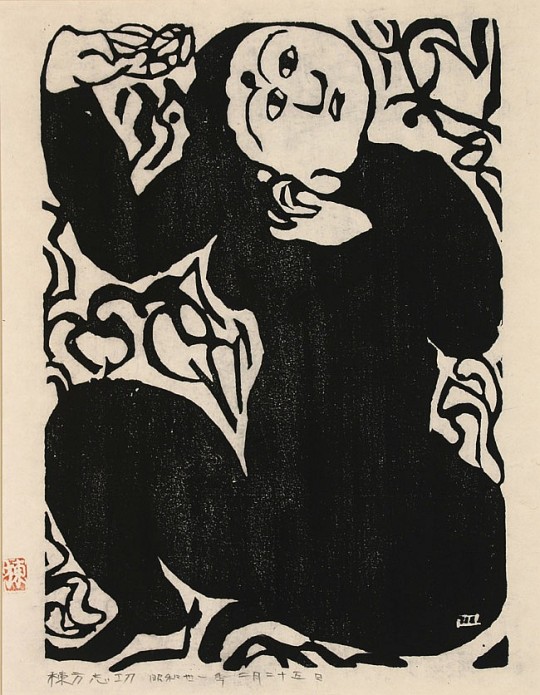
Shiko Munakata (Japanese 1903-1975)
Buddha's Enlightenment: From In Praise of Kanjiro Kawai's Kiln Shokei (Shokeisho: Bodai No Saku): A Woodblock Print (Sumizuri-e)
19 notes
·
View notes
Text
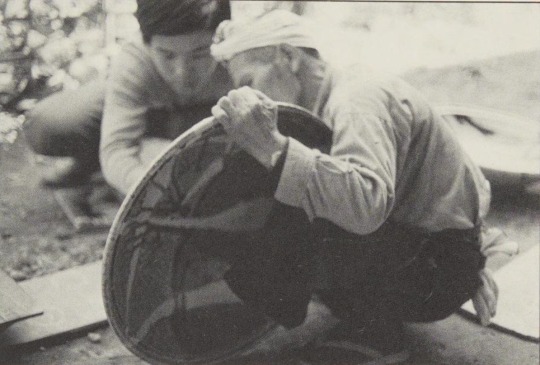
“Fire in my hand
A cold ball of fire
Fire which has changed its shape
Hidden in the clay” Kanjiro Kawai
From: “Shards :Mashiko poetry”, by Holmes, Ann, 2004.
19 notes
·
View notes
Text
Vase by Toshiro Ono

Beautiful vase by Toshiro Ono with original wooden box with Ono's signature. Very nice piece.
Toshiro Ono joined MIngei movement (folk art movement) with Muneyoshi Yanagi in 1931, and he was taught by Kanjiro Kawai, Shoji Hamada and Bernard Leach.
H19.5cm x W12.5cm / 7.5cm
Toshiro Ono is an artist who doesn’t sign on his works.
Not signing on works is kind of Mingei philosophy.
Kanjiro Kawai and Shoji Hamada (main members of Japanese Mingei (Folk) movement) , one of the most famous and important Japanese potters, never signed his works either.
They did not like their works to be treated ostentatiously as "works of art. This was because they believed that beautiful things are never special. Beautiful things are not something that can be created only by special people, but also reside in the handiwork of unknown craftsmen.
+SHOP+
https://kinsen.tokyo/collections/vase
6 notes
·
View notes
Photo

A Happy New Bunny’s Year!
1 note
·
View note
Text
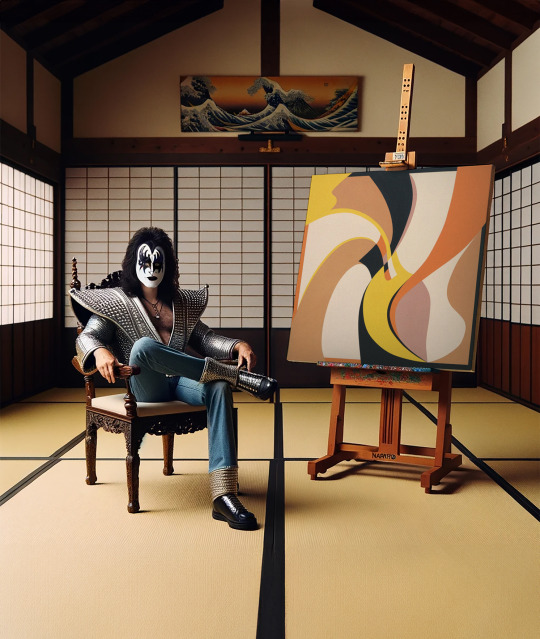
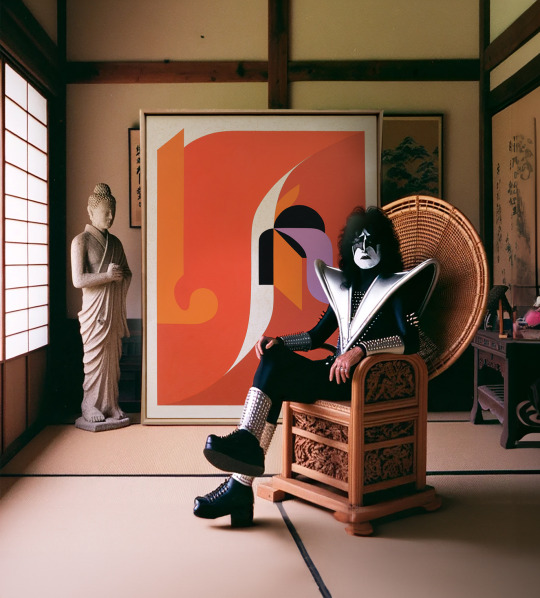

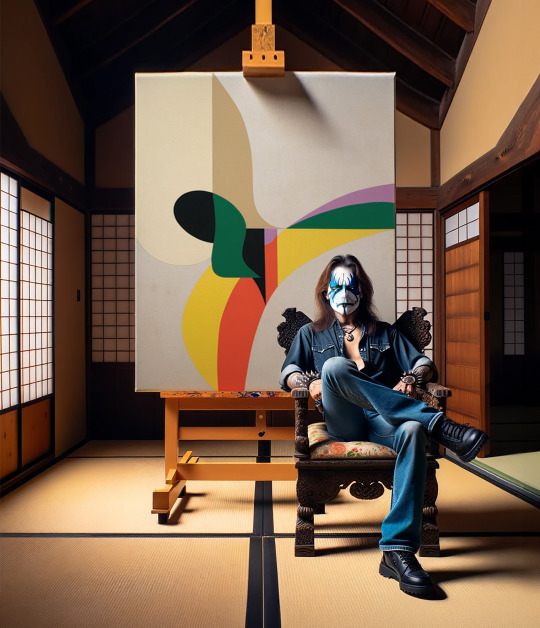
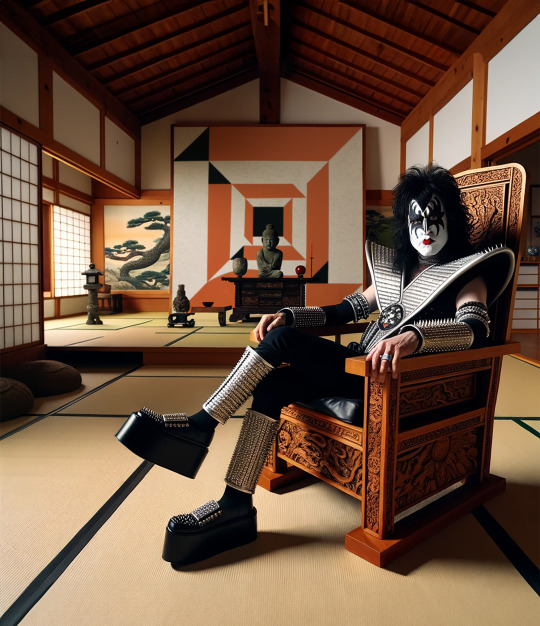
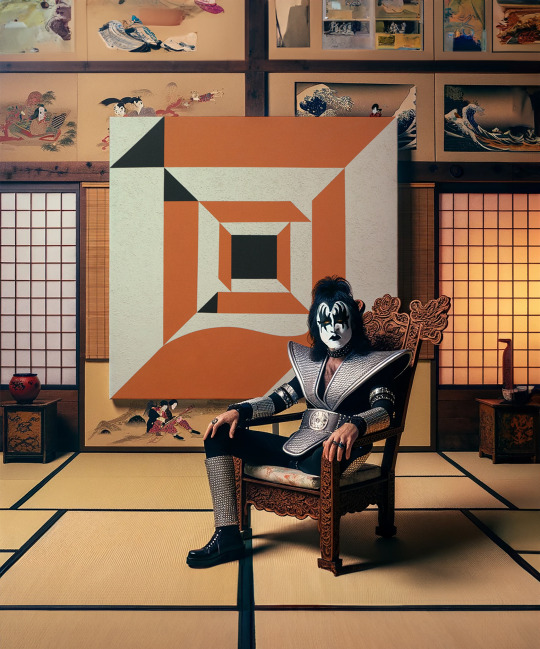

"A photo of a rock artist, donning iconic KISS-style makeup, relaxing in a wooden chair carved with intricate designs. They're situated in a Japanese home inspired by the Kawai Kanjiro architecture. Behind them, a grand white canvas looms. It is in full view with no obstructions. Elements like tatami flooring and shoji paper doors enhance the setting. Taken on: Mirrorless camera, Natural light, Sony A9 II with a 45mm f/1.8 lens."
1 note
·
View note
Photo
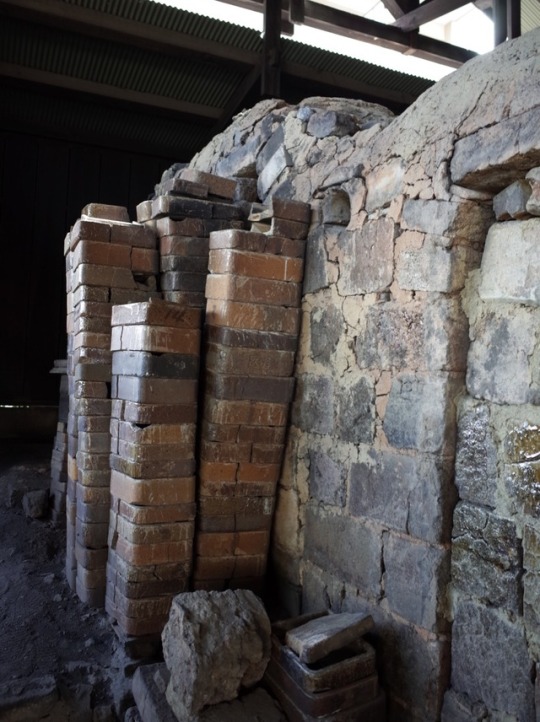
10 notes
·
View notes

